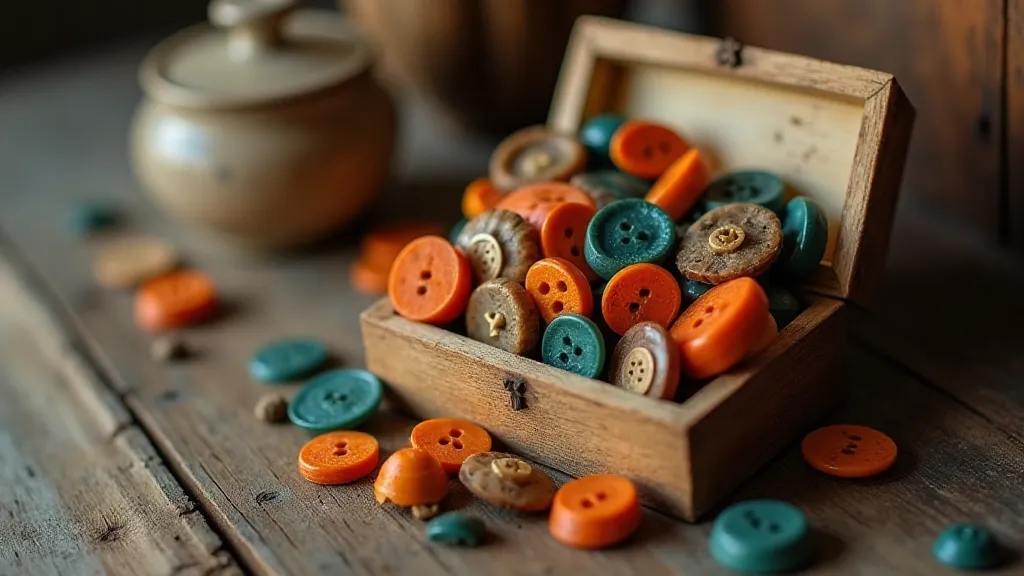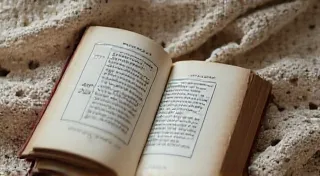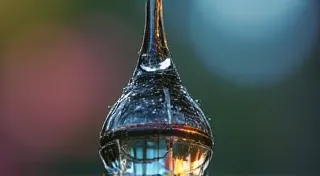Chromatic Ghosts: The Fade of Celluloid’s Allure
The small, unassuming button. Often overlooked, scattered amongst forgotten treasures in antique shops or tucked away in family heirlooms, they whisper stories of bygone eras. For the dedicated collector, these aren’t mere fasteners, but tiny portals to a vanished world – a history told in shimmering, colorful fragments. And among the vast landscape of vintage buttons, the celluloid variety holds a particularly poignant fascination, a bittersweet blend of vibrant beauty and inevitable decay.
My own journey into collecting began quite unexpectedly. I was helping my grandmother sort through her belongings after she moved into assisted living. Amongst a jumble of lace doilies and chipped teacups, a small, velvet-lined box caught my eye. Inside, a kaleidoscope of color exploded – hundreds of buttons, each a miniature work of art. But it was the translucent, rainbow-hued buttons that truly captivated me. Their shimmering iridescence, like captured sunlight, hinted at a story I was desperate to understand.
Those, I later learned, were celluloid buttons. They represent a period of incredible innovation and widespread access to color in a world previously dominated by natural materials like bone, shell, and metal. Celluloid, invented in the 1860s by John Wesley Hyatt, was one of the first commercially successful plastics. Hyatt, attempting to create a substitute for ivory in billiard balls, stumbled upon a process to dissolve nitrocellulose and mold it into surprisingly durable and visually arresting objects. Suddenly, vibrant reds, blues, greens, and yellows were available to adorn clothing and accessories, at a fraction of the cost of traditional materials.
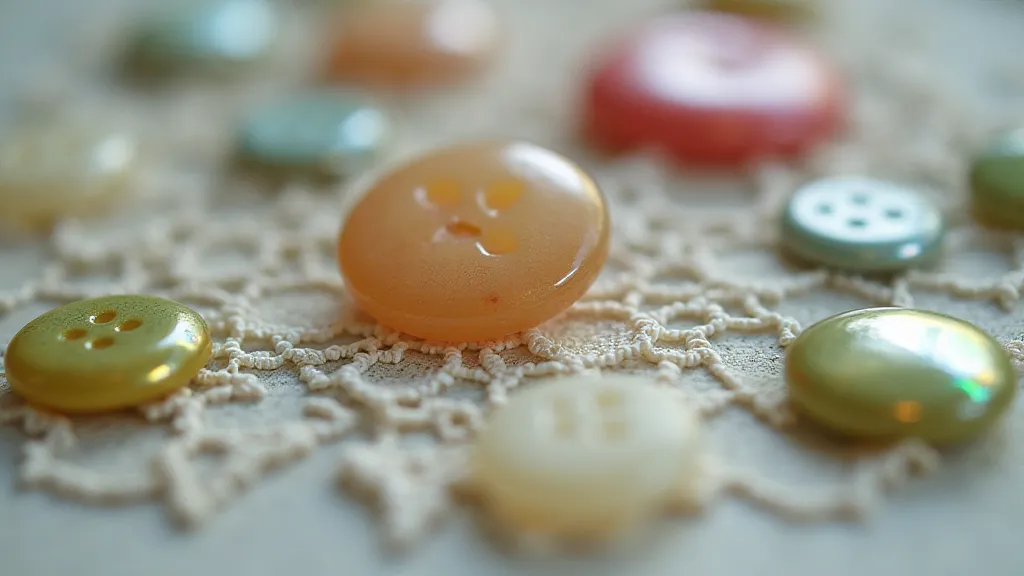
The Alchemy of Color and Craftsmanship
The manufacturing process itself was remarkable. Nitrocellulose, derived from cotton fiber and nitric acid, was mixed with camphor to stabilize it. This gooey mixture was then fed into molds, often intricate designs depicting flowers, animals, or geometric patterns. The resulting buttons were polished to a high gloss, revealing their characteristic iridescence – a phenomenon caused by the thin layers of different materials within the button, causing light to refract and interfere with each other.
Consider the artistry involved. These weren’t mass-produced in the way we understand it today. While factories certainly existed, the level of detail and craftsmanship in many celluloid buttons is astonishing. Think of the delicate relief work on a tiny rose, the perfectly molded outline of a hummingbird, all executed on a surface smaller than a fingernail. Each button is a testament to the skill and dedication of the artisans who created them.
The popularity of celluloid buttons exploded in the late 19th and early 20th centuries. They graced the dresses of flapper girls, adorned the coats of dapper gentlemen, and were a ubiquitous accessory for children. They were inexpensive, readily available, and offered a dazzling array of colors and designs, making them accessible to all social classes.
The Inevitable Fade: Understanding Degradation
And yet, the very properties that made celluloid so revolutionary also contribute to its fragility. The nitrocellulose base is inherently unstable. Exposure to heat, light, and humidity accelerates a process called hydrolysis, where the cellulose chains break down. This manifests as discoloration, commonly referred to as "yellowing" or "ambering," which obscures the original vibrant colors. The camphor, originally added for stability, also contributes to degradation over time, releasing volatile organic compounds that can further weaken the material.
The irony is profound: a material intended to democratize beauty has become a poignant reminder of the impermanence of all things. It's a tangible lesson in the ephemeral nature of time. Handling old celluloid buttons requires a delicate touch. Avoid direct sunlight and excessive heat. Proper storage in a cool, dark, and dry environment is crucial to slowing down the degradation process. But ultimately, the fading is inevitable – a slow, graceful decline that transforms vibrant colors into muted tones, imbuing them with a melancholic beauty.
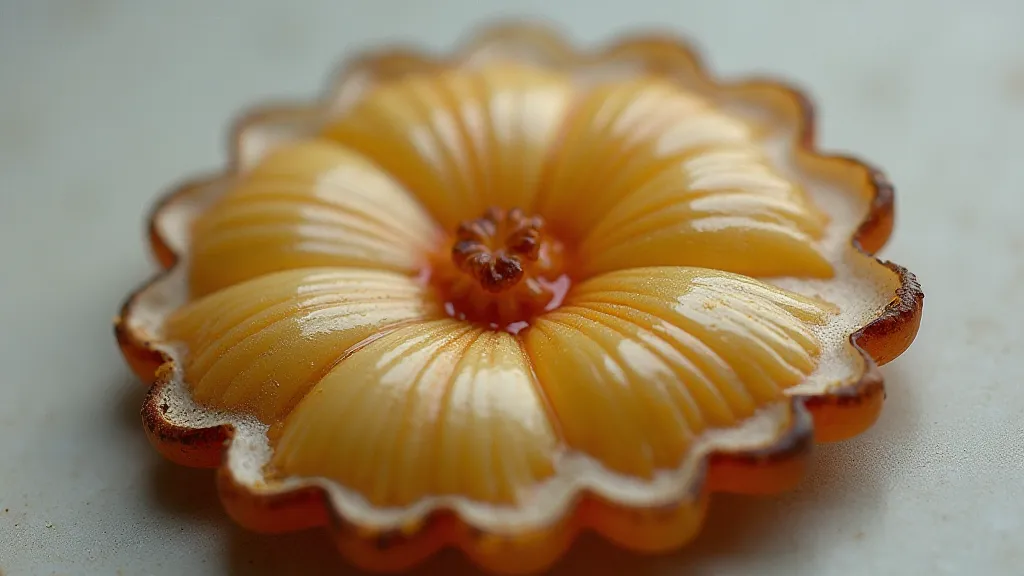
Collecting with Respect: Preservation and Appreciation
For the collector, these faded colors aren’t a loss but an added layer of history. They are marks of time, whispering tales of the lives these buttons once adorned. A heavily yellowed button might suggest decades spent in a trunk, surviving wars, economic depressions, and countless family gatherings. The cracks and surface imperfections tell a silent story of resilience and endurance.
While restoration is possible – using specialized chemicals to gently remove surface discoloration – many collectors prefer to preserve the buttons in their original, aged condition. To attempt a complete reversal of the process often compromises the integrity of the button, removing the very character that makes it so compelling. The beauty, in this case, lies in the imperfection.
My grandmother, who initially helped me discover this fascinating world, often remarked, "Everything fades, dear. That’s what makes it precious." Her words resonated deeply. Collecting vintage celluloid buttons isn’t simply about acquiring objects; it's about connecting with the past, appreciating the artistry of a bygone era, and accepting the inevitable passage of time.
It’s about recognizing the beauty in the fleeting, the poignant allure of chromatic ghosts – fading reminders of a vibrant past, whispering secrets to those willing to listen.
